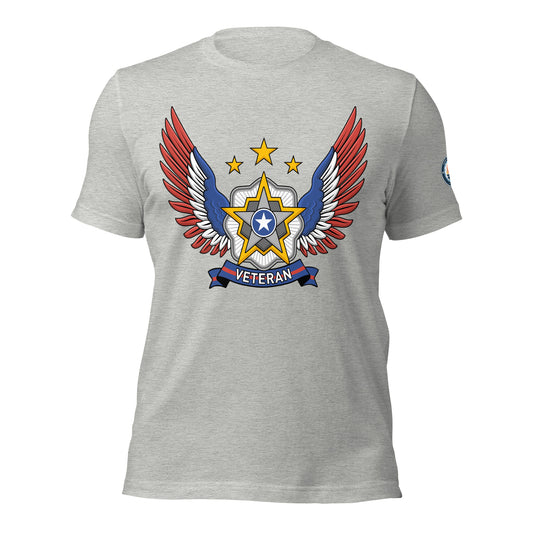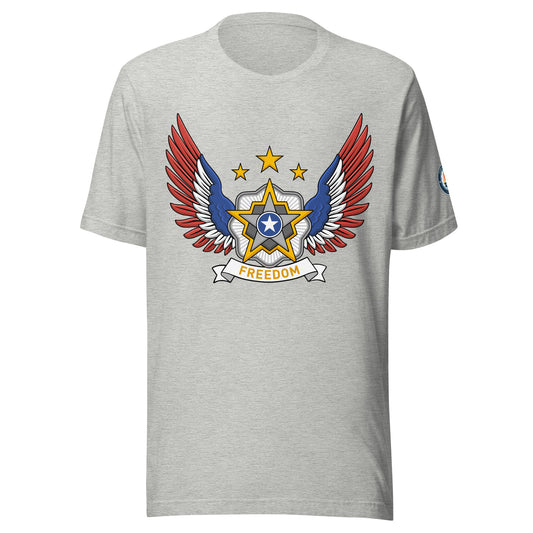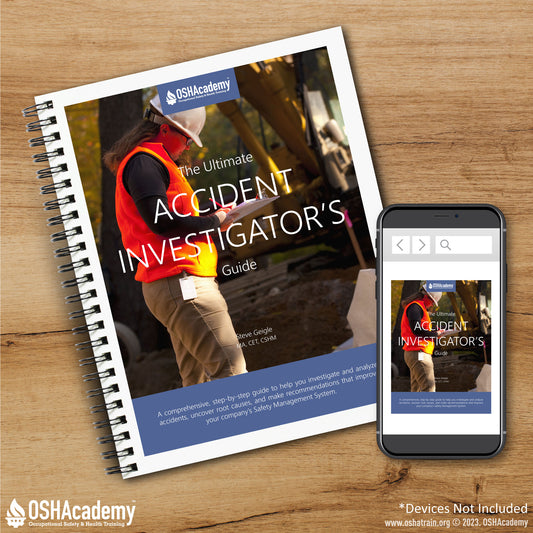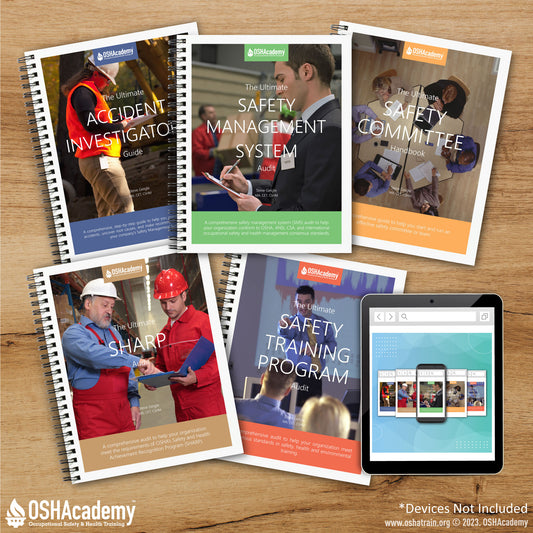
Effective Safety Leadership for a Multi-Generational Team
Share
By Abbie Geigle
Today’s safety workforce spans four generations—each with its own values, communication styles, and expectations. At the 2025 ASSP Conference, Dr. Rona Smeak highlighted why understanding these generational differences isn’t just helpful—it’s essential for building strong, safe teams.
In a profession where clarity and connection can save lives, leaders must adapt how they communicate, train, and motivate across age groups. From Boomers to Gen Z, this blog explores practical insights from Dr. Smeak’s session to help safety professionals bridge the gap and lead with impact.
Why Generational Understanding Matters
The safety profession is evolving—not just in technology and regulations, but in who makes up the workforce. According to the Bureau of Labor Statistics, of the 150,000+ professionals in occupational safety and health (OSH) roles:
- ~13% are Boomers
- ~33% are Gen X
- ~34% are Millennials
- ~19% are Gen Z
Each generation brings unique expectations around leadership, communication, training, and workplace culture. As Dr. Smeak emphasized, understanding these generational nuances is no longer a bonus—it’s a business and safety imperative.
Boomers & Gen X: Structure and Autonomy
Boomers often see work as a duty and legacy. They value clear direction, face-to-face communication, and job security. They thrive when their experience is acknowledged, especially during times of organizational change.
- Best engaged through steady structure, formal tone, and personal recognition.
- Prefer traditional training methods like lectures and PowerPoint.
- Motivated by respect, stability, and knowing their contributions matter.
Gen X, by contrast, is the independent bridge between analog and digital. Known for their “latchkey kid” resilience, they work best alone with clear goals and minimal oversight.
- Visual learners who appreciate clarity and autonomy.
- Value flexibility, outcomes over processes, and freedom to execute.
- Respond well to direct, efficient communication—think email or face-to-face check-ins.
Millennials: Purpose, Feedback, and Growth
Millennials have grown into the largest segment of the safety workforce. Their expectations are shaped by rapid technological growth and a desire to do meaningful work.
They value:
- Growth and flexibility
- Flattened hierarchy—titles and ranks are less important than impact
- Purpose-driven environments and transparent leadership
Millennials perform best in collaborative teams with access to coaching and opportunities for advancement. They want to be heard, included in decisions, and given a plan to grow. They appreciate quick check-ins, informal communication, and leadership that explains the “why” behind policies or changes.
Training should be interactive, tech-enabled, and focused on the "why," not just the "how."
Gen Z: Digital Natives with a Desire to Be Heard
Gen Z is redefining the workplace in real time. Raised with smartphones and social media, they bring tech fluency, a desire for inclusivity, and expectations for immediate feedback. But they’re also the most at-risk group for early job separation. A 2024 report found that up to 60% of Gen Z hires were let go within a few months, with employers citing issues such as low initiative and poor communication.
But this isn’t a work ethic issue—it’s a mismatch in onboarding, expectations, and leadership style.
Gen Z thrives when:
- They feel safe, heard, and empowered
- Communication is digital-first, brief, and responsive
- Training is short-form, video-based, and interactive
- They are included in shaping the workplace and its values
Leaders who create psychologically safe spaces, offer clarity, and show how Gen Z’s work connects to societal impact will see stronger engagement and retention.
Designing Safety Training for Every Generation
Rather than creating separate sessions for each age group, a single, well-designed training can meet generational needs by blending key elements.
For example, a forklift safety session might open with a brief instructor-led overview to provide structure for Boomers, supported by printed handouts. Visual slides and clear diagrams speak to Gen X preferences, while small-group discussions or real-world scenarios engage Millennials. Incorporating a quick digital quiz or short video clip can appeal to Gen Z’s desire for tech-based, bite-sized learning.
Wrap-up with a brief team debrief and an option for digital or written feedback to make everyone feel heard.
This integrated approach keeps training practical while promoting inclusion, engagement, and retention across all generations.
Conflict Resolution and Communication Across Generations
Dr. Smeak offered practical guidance on resolving workplace tension through generationally-aware communication:
- Boomers prefer talking it out—auditory cues like “I hear you” go a long way.
- Gen X wants visual validation—use phrases like “I see where you're coming from.”
- Millennials need feedback and structure—be prepared to explain, ask for opinions, and involve them in solutions.
- Gen Z gets overwhelmed by long conversations—digital touchpoints, clarity, and mental health awareness are essential.
The Path Forward: Safety Culture Through Empathy
Safety leaders must be as intentional about communication strategies as they are about procedures and policies. Generational understanding isn’t about pandering—it’s about removing barriers to connection, productivity, and safety.
When Boomers feel respected, Gen X is trusted, Millennials are empowered, and Gen Z feels heard, the result is a culture of collaboration and excellence.
The future of workplace safety is multi-generational. The key to leading it is empathy, adaptation, and inclusion.




3 comments
I completely agree, Anas and Ntwari. It is a great topic that is important to take into consideration when creating a safety program. Stay safe!
Dr. Rona Smeak’s perspective from the 2025 ASSP Conference is spot on: recognizing and adapting to generational differences is essential for building safer, more effective teams. By being intentional with communication and fostering inclusion, safety leaders can bridge generational gaps and create a culture where every team member feels valued and empowered.
I like this designed safety training for all generation because I was asking myself the can I meet all generation.